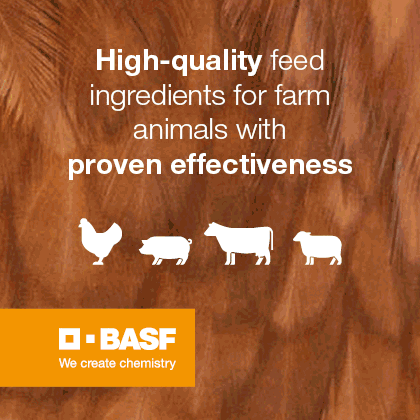In their study, Mijena and Ijara (2024) from the Ethiopian Institute of Agricultural Research explore anti-nutritional factors (ANFs) present in livestock feed, emphasizing both their beneficial and detrimental effects on animal health and nutrition. The researchers identify these factors as compounds primarily derived from plant sources that can disrupt nutrient absorption and impair various physiological functions in animals. Key anti-nutritional factors identified include saponins, tannins, protease inhibitors, and cyanogenic glycosides, which can vary in impact based on concentration and type of livestock.
script type="text/javascript">
atOptions = {
'key' : 'b9117458396fd1972f19bab359dbc64a',
'format' : 'iframe',
'height' : 90,
'width' : 728,
'params' : {}
};
document.write('');
Introduction to Anti-Nutritional Factors
According to Mijena and Ijara (2024), anti-nutritional factors are naturally occurring substances in feed that may interfere with nutrient utilization, potentially leading to decreased feed efficiency and health issues in livestock. These compounds are widespread in plant-based feeds and can influence feed intake, digestibility, and the metabolic processes of animals. The researchers also note that while some ANFs exhibit positive effects, such as antimicrobial or immunostimulatory properties, their presence often necessitates careful management to avoid adverse outcomes.
Classification and Effects of Common Anti-Nutritional Factors
The study categorizes anti-nutritional factors based on their chemical structure, biological effects, and thermal stability:
- Chemical Composition: ANFs are divided into various groups, such as proteins (e.g., protease inhibitors), glycosides (e.g., saponins), and phenolic compounds (e.g., tannins).
- Biological Impact: Factors that affect protein digestion (like tannins and protease inhibitors) or mineral absorption (such as phytic acid) are highlighted.
- Thermal Stability: Mijena and Ijara distinguish between heat-labile ANFs (e.g., protease inhibitors) and heat-stable compounds (e.g., saponins).
Highlighted Anti-Nutritional Factors in the Study
- Saponins
The authors discuss how saponins, characterized by their soap-like properties, can disrupt protein digestion and nutrient uptake when present in high amounts. Despite these negative effects, saponins can also enhance rumen fermentation and contribute to disease resistance in certain animals.
- Tannins
Tannins, widely present in various plant species, are noted for their potential to decrease feed intake and nutrient digestibility. However, Mijena and Ijara highlight their beneficial role in protein utilization and parasite control, suggesting that controlled tannin levels may be advantageous.
- Protease Inhibitors
These inhibitors can negatively affect livestock by restricting the breakdown of dietary proteins, leading to reduced growth performance. The study indicates that the presence of protease inhibitors is more problematic in non-ruminant animals.
- Alkaloids
The review explains that alkaloids act as plant defense compounds but can be toxic in high concentrations. Nonetheless, some alkaloids have demonstrated positive effects on gut health.
- Mimosine
Found in Leucaena species, mimosine is reported to cause growth and reproductive problems, particularly in non-ruminant livestock.
Methods for Mitigating the Effects of Anti-Nutritional Factors
The study outlines several techniques for reducing the adverse impact of ANFs, including:
script type="text/javascript">
atOptions = {
'key' : 'b9117458396fd1972f19bab359dbc64a',
'format' : 'iframe',
'height' : 90,
'width' : 728,
'params' : {}
};
document.write('');


